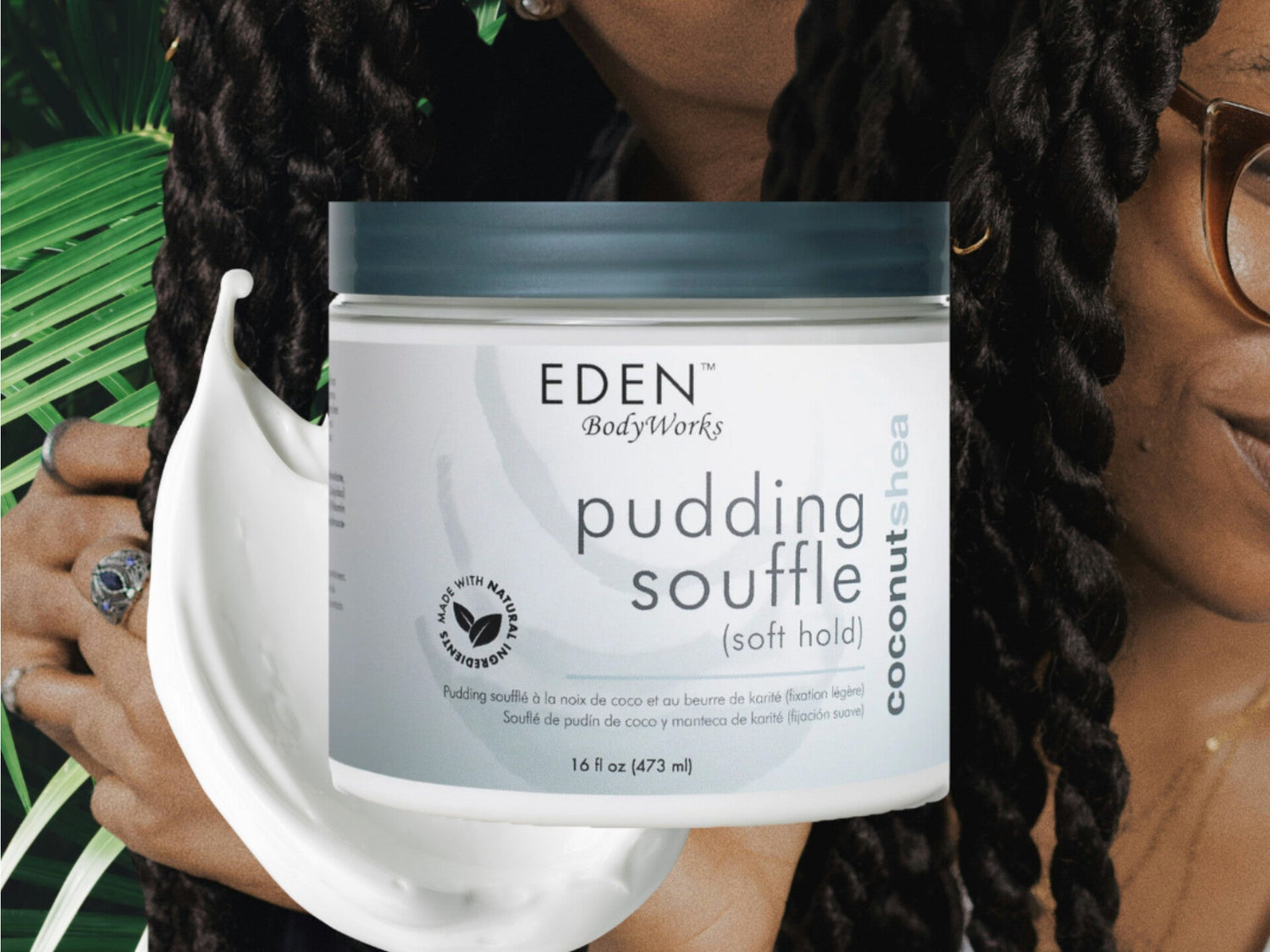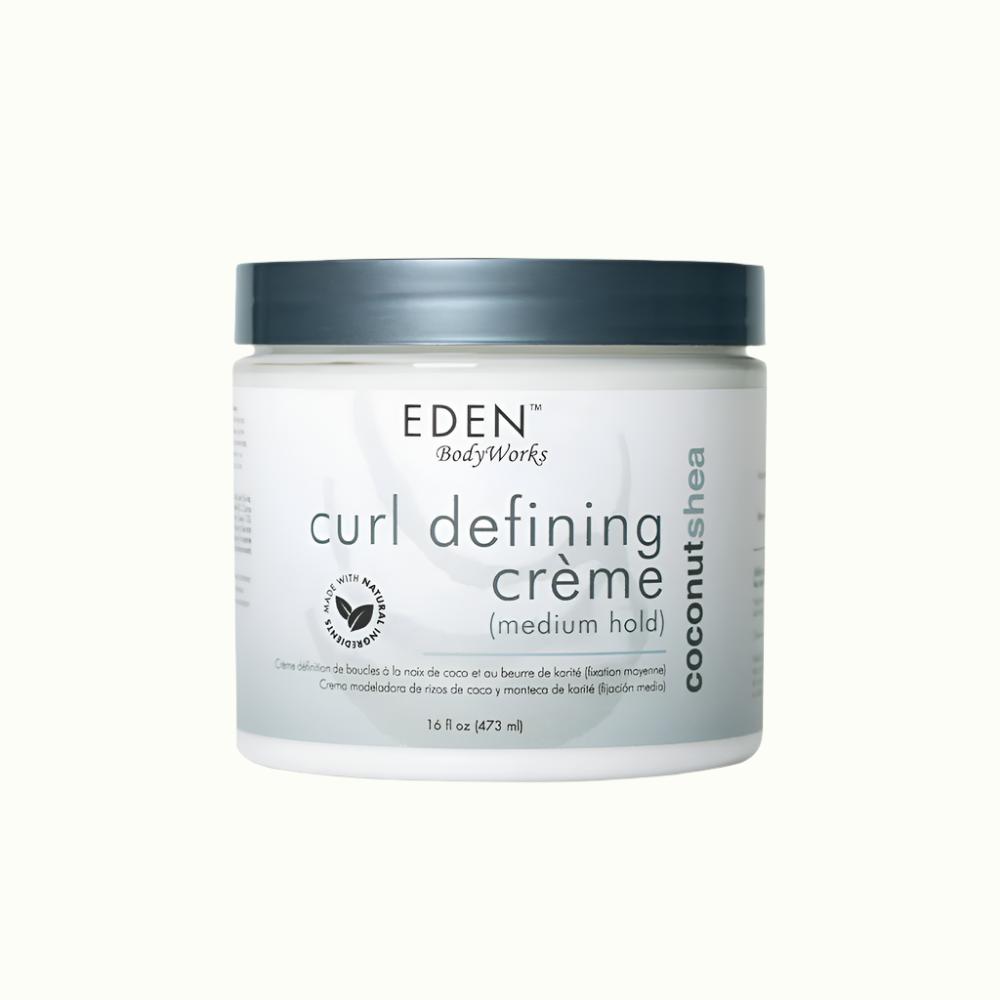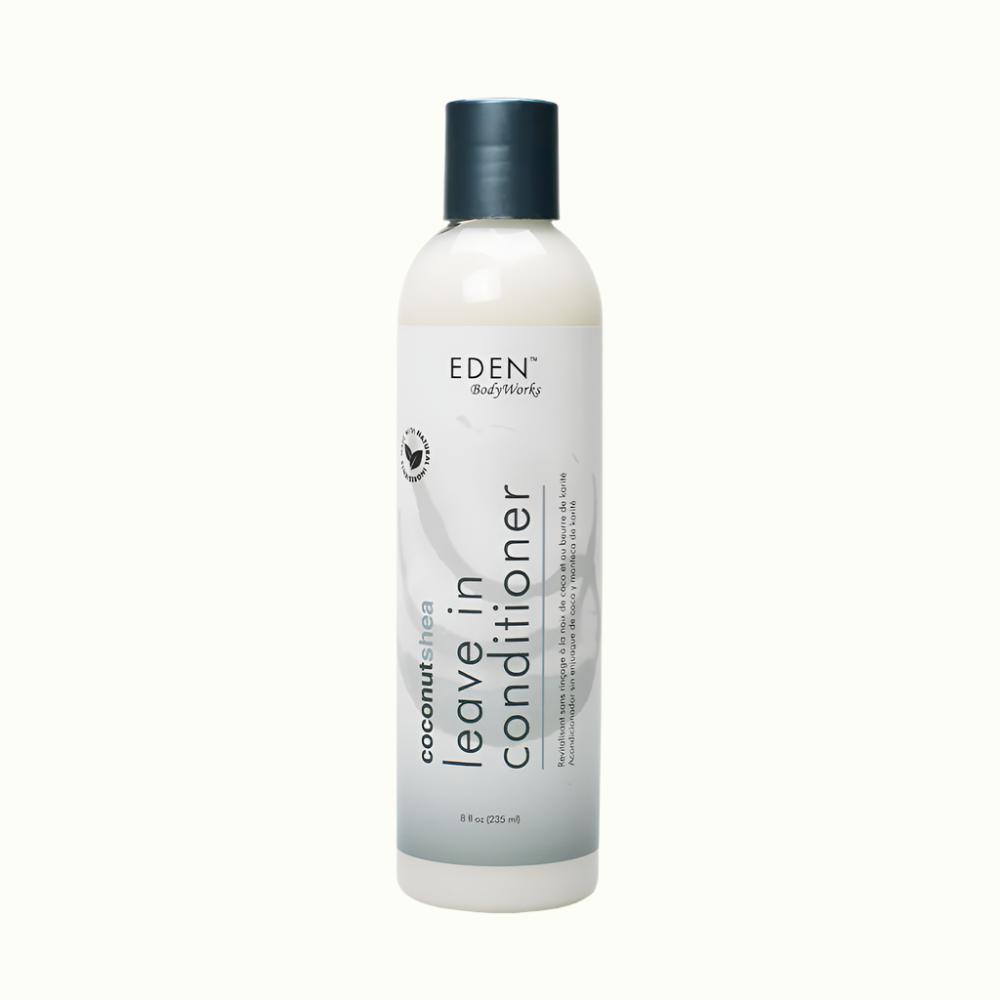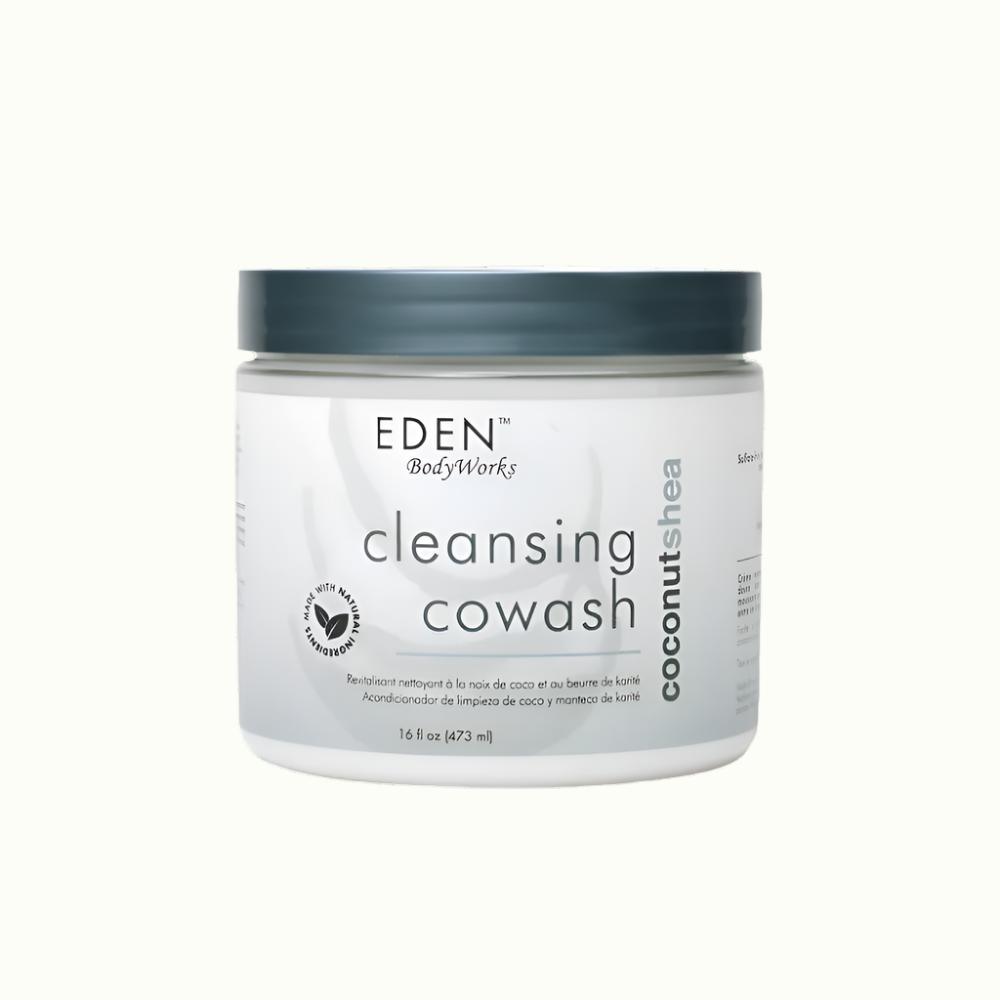This week, Kerone Maxineau, author of Kinks, Curls, and Coils: The Ultimate Guide to Natural and Healthy Afro-Textured Hair, is sharing a snippet from her book with us, and it's all about hair porosity! So get ready to take notes!

Whether your hair is straight, wavy, curly, or coiled, knowing your hair’s porosity can help you to discover the best ways to retain moisture for your specific hair type. Porosity is your hair’s ability and willingness to absorb water or moisture and keep it in. This is based on how closed or open the cuticles are. Porosity is mostly determined by genetics. However, heat, pH balance, and chemicals can affect and change your hair porosity as well. Hair porosity can range from low, to medium, or high.
Having a good healthy scalp that produces oil helps to nourish the hair. There are several reasons why hair can become dry. One natural way is when your scalp does not produce much oil to coat the hair shaft. The sebaceous glands which are connected to individual hair follicles, produce and excrete hair oil called sebum, which is responsible for coating the hair. The downside to this is that when there is not enough oil being released to coat the individual strands, it can cause dryness and split ends, eventually resulting in breakage.
Curls and tight coils both experience dryness quickly, as natural oils lack to make it all the way down to the ends due to the hair's spiraling pattern. Therefore, curly to tightly coiled hair requires more outside moisture (hydrating products) than does straight hair. This explains daily to frequent washing of straight hair due to the concentration of oils making it all the way to their ends frequently.
- Blow drying or heat styling too often with high heat/no heat-protectant
- Chemically processing frequently: Bleaches, dyes, and perms/relaxers can limit or deplete the hair's natural oils
- Poor nutrition: Lacking in vitamins, minerals, water, and protein. Hair is made up of mostly protein.
- Chlorinated water or even constant sun exposure
-
Avoid heat styling (curling irons, flat irons, and blow dryers). Boost up on your healthy eating: veggies, fruits, protein, and water in moderation, according to your health. Exercise regularly.
-
If ends are damaged, get them trimmed.
-
Shampoo your hair with a rich hydrating shampoo or one that is sulfate-free.
-
After washing your hair, deep condition as instructed on the product. Finger comb or use a wide-tooth comb to work the conditioner into your hair. Cover with a plastic cap and let it sit for anywhere from 5 minutes to 30 minutes before rinsing. Repeat this weekly.
-
Use leave-in conditioner; this is an essential step when it comes to moisturizing. Leave-ins act as a basic first coat for the hair.
-
Style your hair using a moisturizing cream, setting lotion or foam.
- Seek a professional hair stylist to help treat and restore your hair ends back to health.
Three reasons why hair maybe dry even after moisturizing:
1. Lack of deep conditioning.
2. You may have product build up on the hair strands, deposits of hard water, or chlorinated water that needs to be clarified. This will prepare the hair to receive moisture from the hair.
Also, your hair may not tolerate certain ingredients, such as alcohol, mineral oil, petroleum, silicones, or sulfates. These can promote dryness if your hair care regimen does not create balance to combat against their effects. Do not wash hair in hot water as this will dry your hair and scalp. Wash with lukewarm water or cool water. Here are a few other tips that can help your hair to stay moisturized.
The LOC Method - 1. "L" is for Liquid (leave-in or water moisturizer) 2."O" is for Oil 3."C" is for Cream (any styling cream or butter of thick consistency). This method is a technique of product layering that is used to help retain the hair's moisture for a longer duration.
Last but not least, avoid product build up. Whatever products you use (even those with natural ingredients) can and will build up, especially when used heavily, often and daily. Buildup can lead to hair dryness because moisture is then not able to penetrate the strand. Make sure to wash hair with a low sulfate to sulfate-free shampoo weekly or biweekly. If you have increased buildup, then a regular clarifying shampoo is advised to help totally remove dirt and oil from the hair and scalp. Be sure to use a deep conditioner afterwards to re-moisturize hair as well.*
Kerone Maxineau is a natural hair blogger, Author, and an Occupational Therapist. This guide came about because she wanted to inspire Afro-textured hair women who have trouble caring for their hair.

You may Pre-Order your copy here. Overcome the common natural hair issues!
This guide will assist you in reaching your goal of beautiful and healthy, growing hair. You do not need to be a pro to overcome the struggles of Afro-textured hair. But you do need to know the basics to apply and develop a regimen that works best for you!
See you back here next time!










2 comments
Hi Shatima! Its really hard to determine what products to use for your hair; what we put on it is just a small part of a healthy hair routine. Single strand knots and split ends are very common for our hair because of its kinks and curls. The key is to keep the ends moisturized/sealed, tucked away when possible, detangle and trim regularly. I highly recommend these books: The Science of Black Hair, Hair Care Rehab, and If You Love it, It Will Grow (all black female authors). These books were a God-send when I first went natural. Amazon has great descriptions and reviews. Hope this helps!
Hello I have natural hair and it’s so hard for my hair to grow because I keep getting knots and split ends. I tried to have it cut, I tried different creams and conditioner, but nothing works may you please explain what type of product to use from your collection to help with my type of hair?